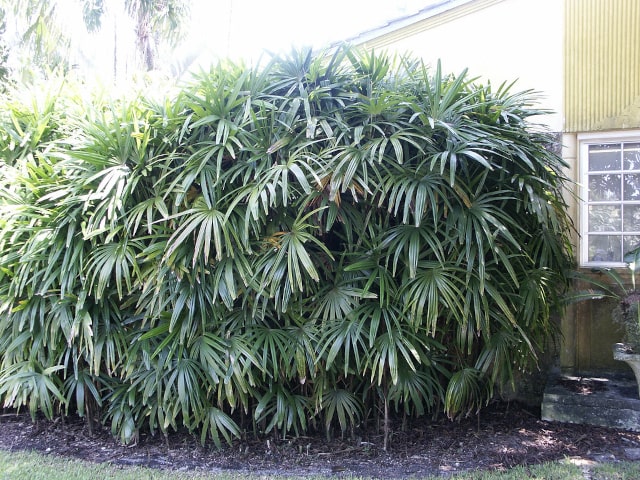
The Lady Palm (Rhapis excelsa) is a great plant to grow in your garden. It can also be grown indoors, both in homes and offices. It is tolerant of various types of climates, so it can be used all around the world. It adapts easily to a wide range of different soils, climates and environments, which makes it a great house and garden plant for all plant growers.
Rhapis excelsa is a well-known species and it's widely cultivated all around the world. It's used both in tropical and subtropical areas all across the globe. One thing to keep in mind is that this plant has a wide range of named varieties, both in green and variegated forms.
Some of these named varieties are rare and can actually be considered collector's items. There are also many specialized dwarf types you may choose to grow in your home.
Rhapis Excelsa Basic Facts
Generally speaking, the "Lady Palm" plant can grow to more than 14' feet in height. Its clumps can sometimes reach enormous width, so the plant's width can match its height. Lady Palm has big, thick leaves with blunt tips and wide segments. This is why it's sometimes known as "broadleaf Lady Palm". The plant has sturdy canes covered with coarse, dark brown fiber.
The Lady Palm can easily tolerate both tropical and subtropical temperatures ranging from 20 to 100 degrees F. It handles very well both dry and humid climates.
The plant is a good producer of rhizome offshoots, which adds fullness and it makes a good source of material for division. This is why it's relatively easy to propagate it by division. It's also possible to start the Lady Palm by seed, but it's a somewhat rare method.
Rhapis Excelsa Growth
Rhapis Excelsa has a varied growth pattern, and it mainly depends on the environment and culture. Commercially produced Lady Palms can grow about 8 to 12 inches in height per year. If you grow it indoors, the growth rate is slowed down and decreased. This is very important to know, because it means you won't have to worry about your Rhapis outgrowing in space. Simply find an appropriate place for it in your home to locate it. This plant can also serve as a natural cleaner for your house.
Rhapis excelsa is generally a slow grower. If you buy a 6-8 inches potted plant, chances are that it has been growing in the nursery for about 2 years. However, it's not unusual to find a bit older plants in the nursery, and these are typically larger. You can expect them to be grown for about 4 to 7 years. It's one of the reasons why Rhapis excelsa plants tend to be a bit more expensive than other palms. However, they are really great household palms and they tend to be easy to care for, so they are worth the additional expense.
Two Types of Lady Palms
Generally speaking, there are two styles of Lady Palms you can find in garden centers and nurseries all around the world: a "butterball" and "open". A butterball plant is typically grown from seed and it has lots of canes. A 3-4 foot plants can be about 3- 3 1/2 food wide. It will have a rich foliage, top to bottom. You will usually find them in pot sizes ranging from 6" to 14".
The open style is more upright. These have been dug from the field and they tend to be thinner in appearance. On the other hand, these tend to be taller. You will find them in pot sizes ranging from 14" to 28". The height of these plants range from 5 to 14'. It's possible to say these are more of a specimen plant so each one has its own unique appearance.
How to Grow Lady Palms
One of the best things about Lady Palms is that they are relatively easy to grow. It's even possible to say that they are among the easiest palms to grow. However, each variety and species have their own culture and environment requirements you need to meet.
It also means Lady Palms are very versatile. You can use both 6" and 8" potted palms as table top and accent plants. Larger varieties, such as 10" and up, make great standing specimens. The possibilities are endless. Wherever you live and however you choose to grow your Rhapis, it's possible to make it thrive in your house or garden.
If you choose to grow it indoors, it's important to provide it with the right amount of light. It's usually the most important factor for your plant's health. Rhapis excelsa grown inside a house prefers bright, indirect light. It's therefore best to place it near a window or skylight. However, it's also easily adaptable to areas with low light.
This is actually one of the most low-light tolerant palms. You may even grow it inside a poorly lit hallways or stairwells. It will grow slowly but steadily. However, to maximize your plant's growth, it's best to keep it somewhere with more light. Give it as much light as you can without placing it in full sun. This will make your Lady Palm thrive.
When it comes to watering requirements, Rhapis excelsa should be thoroughly watered. It's best to soak or drench the whole root system. They prefer the soil to stay moist. If the soil is severely dry it can damage the foliage and make it turn gray. It can also burn the tips of the leaves.
In case the soil is too moist, it can make the roots to rot, which can damage the whole plant. It will show up in the foliage (browning tips) or on the new growth.
One thing to remember is that container grown Rhapis excelsa plants have roots mainly located at the bottom of the container rather than throughout. You should keep this in mind when checking for the soil moisture. The top of the soil may be dry but the bottom will still be wet.
Rhapis excelsa, just like other palms, can be very sensitive to excess fluoride, boron and chlorine in water supplies. It can cause black tip burn which can spread quickly. It's therefore important to use the purest water you have available until the problem is fully treated.
Your Rhapis excelsa can grow in almost any well-drained soil, but it's best to use a soil mix similar to that used for African violets. When it comes to soil density, it should be firm and to allow water to slowly filter through. Another thing to keep in mind is that Rhapis excelsa likes to be slightly root-bound. It's important for all roots and the base of canes to be covered in order to retain moisture.
How to Prune Lady Palms
It's important to know how to prune your Lady Palm. This will maximize its growth and make it thrive. New fronds are typically made at the center of the trunk. To prune the plant, trim off lower leaves as they age. It's best to do it when they become discolored.
In case the new growth is dead, you need to know that the whole trunk will need to be cut out. It's a sign that the trunk has rotted, so the leaves will eventually go brown and dead.
When it comes to foliage, it's not uncommon for Rhapis to have brown tips or edges on the leaves. However, it doesn't mean that the whole leaf should be brown. If this happens, it's a sign that something is wrong. Brown damage is usually a consequence of extreme heat. It makes the plant to dry out or it prevents it to thoroughly water the whole root system.
It's best to always trim the damaged brown leaf tips. Since Rhapis grows slowly, it's never a good idea to remove the whole leaf.
Black tips and edges can also be a sign of overwatering or over fertilizing, so it's another thing you should pay attention to.
Since Lady Palms are slow growing plants, they need very little fertilizer. It's best to apply only 1/2 of recommended rate required by other plants. When using fertilizer, it's best to guide yourself by leaf color. Rich green leaves indicate that fertilizer levels are adequate. If the plant has slight yellowish color, it means you should apply more nutrients.
Your Rhapis can suffer from trace element deficiency, which can make its leaves go yellow. It will also lead to distorted new growth or general decline. However, these deficiencies are difficult to confirm without lab tests. Usually, these problems occur with old plants growing in landscapes.
Rhapis excelsa Pests
One of the main Rhapis excelsa pests is scale. It is a problem that can occur with all Rhapis excelsa plants. It usually hides in the fibrous leaf bases. Contact sprays such as malathion are usually not effective. The best protection and control is to use a systemic insecticide which can be absorbed into the plant system.
Spraying Lady Palms during hot summer weather can cause lead burn. It's important to use a systemic insecticide labeled for soil application. Alternatively, you may choose to spray the plant only during early morning hours to prevent burning the leaves. It's always a good idea to consult your garden center or nursery for the best options.
When it comes to diseases, Rhapis are very resistant to pathogens. However, there are some infections that can periodically attack your Rhapis, such as Fusarium oxysporum, Pythium, Rhizoctonia, and Penicillium (pink rot). To treat them, it's best to use a broad spectrum root fungicide labeled as a soil drench. This will help you prevent or control the infection.
Photo credit: Scott Zona
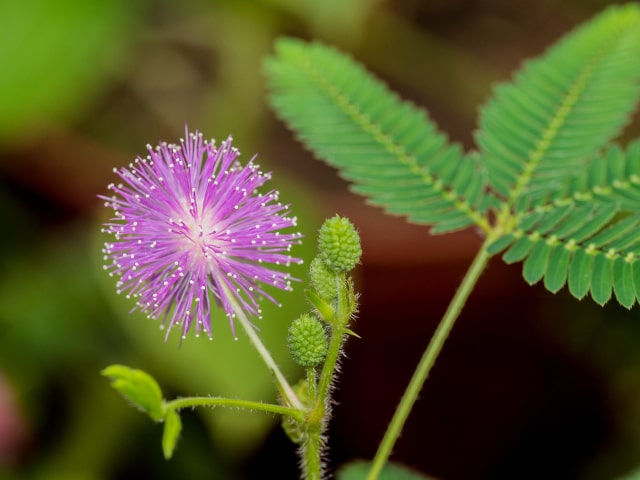
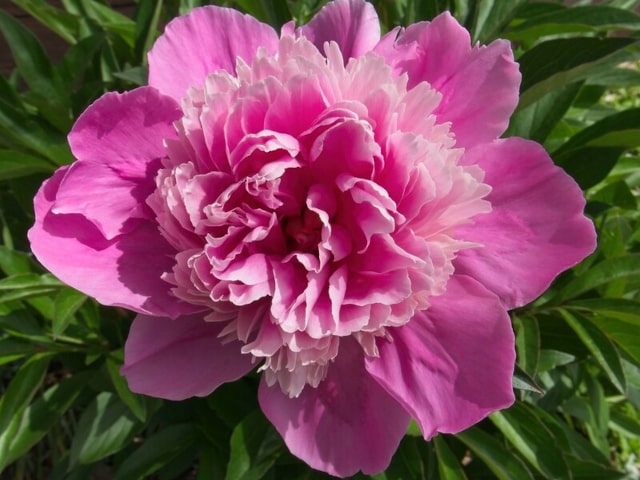
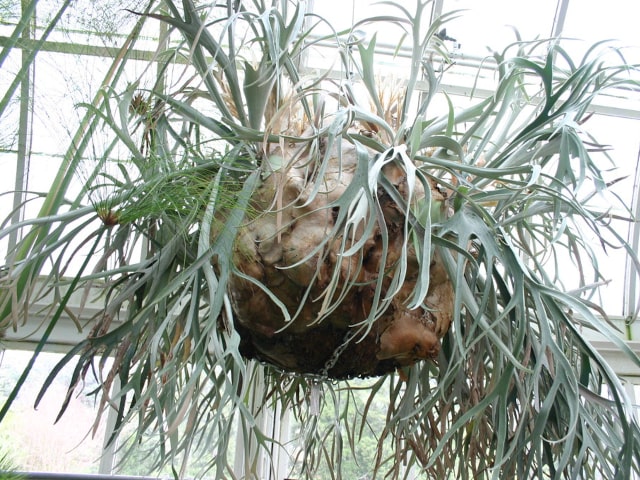
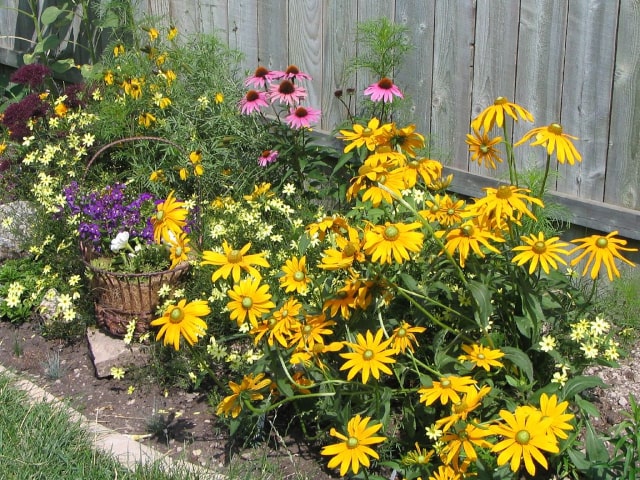
14 Comments
I had to cut down my Lady Palms after the Christmas freeze of 2022 in northern Florida. They sprouted back, but not even a foot high yet. Will they get taller/fuller by summer?
I have a section of Lady Palms which are thriving but the area has become too wide, I want to prune but not sure where to start. Shall I pull the smaller ones out? Are they ok to cut? They look so gorgeous I'm afraid I will ruin the whole area.
I've got a little grove of Rhapis palms outside, and I'd like to start growing a couple in pots to put inside the house. But when I've tried to transplant the palms, the large ones have withered and died. Small plants have been transplanted successfully, but they've not grown in pots, so they're not very effective as decorative plants indoors. How do I transplant, say, a 5-foot plant into a pot?
I have a large area of rafus or Lady Palms outdoors in central Florida that have overtaken the area and I want to get rid of them all. The area is approx. 20 feet long x 10 feet wide. I want to get rid of them. How best to do this?
Hi, I just got a good size Lady Palm that's indoors, how often do I fertile it? What's the best fertilizer for it?
Hi, I inherited a lady palm that is about 30 years old. It was magnificent. The person who repotted it for me cut all the small leaves off leaving only the top ones. I knew at the time this was wrong, but I was too late! It has tried to grow. I have it outside, but not in full sun. There are several stalks that look very dead and a few stalks that are trying to grow. I feel so sorry for it. Should I cut off the dead stalks and maybe I need to repot it altogether in a smaller pot. I think the roots need to dry out also from over watering. Help!
I would like to plant these around my pool in shallow pots mostly in direct sun for screening. I have at the moment tiger grass which is great for screening but can not stand all the leaves falling. Any suggestions too narrow to put hedging plants in?
My very healthy Lady Palm has become yellow and brown. Too much water and/or fertilizer? HELP!
I love these palms. They are so well behaved. They are fairly common here in Hawaii. I like them in pots because they grow so slowly. They are very popular as an "indoor" plant, ironically, even though they grow so well in Hawaii, outdoors. Just about every bank in town (Hilo) has them. A lot of doctors offices and public buildings. I can see why they're so well-liked.
I have a Lady Palm outside and has grown to about 10' tall. This winter has taken a toll on it due to more than 24 hour below freezing temperatures. Needless to say the leaves to a hard hit and are now brown. There is only a couple of lower stalks/leaves that are still green. Everything else is brown. First of all can it be saved? Second, if so what do I need to do to help it along?
Hi there, I have a 13ft healthy Lady Palm that has produced many seed palms which are ready to drop. What should I do? Would anyone be interested?